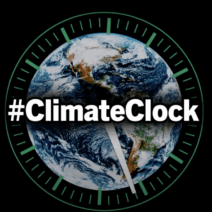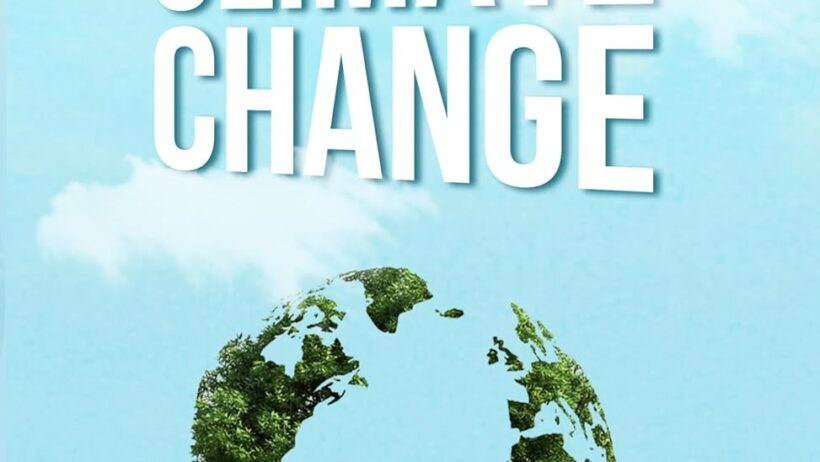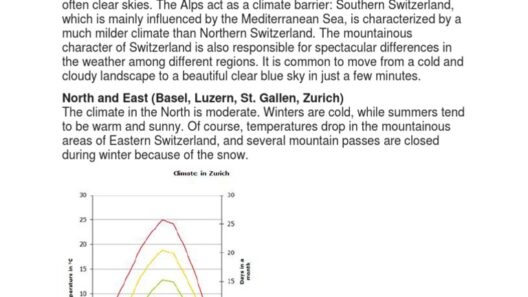What is climate? At first glance, this might seem like a straightforward question, yet it opens the door to a labyrinth of scientific intricacies, emotive responses, and philosophical ponderings. Climate encompasses the long-term patterns and averages of weather in a particular region, influenced by myriad factors including geography, ocean currents, and atmospheric conditions. But, what happens when these patterns begin to shift, leading us into a new epoch characterized by climate change? This exploration aims to unravel the complex tapestry of climate and climate change, elucidating their significance for humanity and the planet.
Climate, at its core, results from the interaction of the sun’s energy with the Earth’s atmosphere, leading to variations in temperature, precipitation, and wind patterns. It is not merely a subset of meteorology, but instead a compilation of weather data collected over extended periods—typically 30 years or more. The climate of a region can be categorized, from the icy dominions of the polar latitudes to the scorching deserts of the tropics, and each climate type hosts its unique ecosystems and weather phenomena. But in our rapidly evolving world, these climates are not static; they are susceptible to change—often in alarming ways.
Now, let’s unwrap the concept of climate change, which formally refers to any significant change in the measures of climate lasting for an extended period. Although climatic shifts have been a natural phenomenon throughout Earth’s history, the term is often specifically associated with anthropogenic, or human-induced, alterations occurring since the Industrial Revolution. This period heralded an unprecedented release of greenhouse gases (GHGs) into the atmosphere, primarily through the burning of fossil fuels, deforestation, and industrial activities. Could we argue that human progress has come at the expense of the planet’s delicate climate balance?
Climate change manifests in numerous ways, and its repercussions can be ominous. One of the most evident signs is the increase in global average temperatures—a phenomenon that has accelerated alarmingly in recent decades. The rise in temperatures fuels a cascade of environmental effects: melting polar ice caps, rising sea levels, and shifting weather patterns. These changes could translate into more frequent and severe weather events, such as hurricanes, droughts, and heatwaves. Have we considered what these disruptions will mean for future generations?
As the climate continues to transform, we may also witness changes in biodiversity. Species that thrived in specific climatic conditions may find their habitats altered or destroyed, leading to a risk of extinction. Coral reefs, often referred to as the “rainforests of the sea,” are particularly vulnerable. They rely on stable temperatures and clear waters to flourish, yet they suffer from ocean acidification and coral bleaching due to rising temperatures. Is it not disturbing to ponder the loss of such vibrant ecosystems, which not only sustain marine life but also provide crucial services to humanity?
The intertwining relationship between climate change and human activity begs the question: what can we do to mitigate the effects of climate change and manage our planet’s climate more judiciously? As engaged citizens, we have the power to make significant choices in our daily lives. From reducing energy consumption and utilizing renewable resources, to advocating for policies that curb emissions, each action counts. Education plays a pivotal role; awareness of climate issues can drive community-level initiatives and inspire collective action. Will we mobilize our resources to combat this existential threat?
It’s important to engage with the scientific community on climate science and understand the nuances therein. Critiques abounded around the concept of “climate denial,” yet it’s crucial to differentiate between skepticism and denial. Genuine scientific skepticism is the essence of the scientific method; however, denying the overwhelming consensus on climate change poses a grave risk. It is imperative to facilitate informed discussions and confront misconceptions with evidence and reason. How can we foster a culture that values scientific literacy while combating misinformation?
Internationally, climate change has sparked discourse leading to global agreements, most notably the Paris Agreement, which aims to limit global temperature rise to below 2 degrees Celsius compared to pre-industrial levels. Such cooperative efforts highlight the recognition that climate change is a global challenge requiring a unified approach. Yet, one must question: are nations putting their commitments into action, or does mere rhetoric prevail over substantive policy enactment?
As we delve deeper into the conundrum of climate and climate change, the implications for human rights, economic stability, and global security become apparent. Those who are already marginalized often bear the brunt of climate impacts—ranging from displacement due to extreme weather to food insecurity from failing agricultural yields. This intersection between climate and social justice necessitates a holistic approach that integrates equity into climate action. Are we prepared to elevate voices that have long been silenced in these discussions?
In conclusion, understanding climate and climate change requires us to traverse both scientific and sociopolitical landscapes. It is essential to perceive climate change not only as an environmental crisis but also as a pressing moral issue that calls for urgent action. Each of us bears a responsibility to advocate for sustainable practices, educate ourselves and others, and participate in constructive dialogues. The question remains: will we embrace the challenge posed by climate change, or will we allow this opportunity for transformative action to slip through our fingers? Only time will tell.






